PlayStation VR review
August 30, 2016
For a minute there, I was worried that virtual reality was going to be something that was better experienced on a PC, with devices like Oculus Rift and HTC Vive the obvious leaders right now.
After spending some time with the final consumer version of Sony's PS4-exclusive headset at GDC 2016, however, I can finally put those fears to rest.
But, before I dive into the strangely wonderful world of first-person gaming, let's get a few of the facts out of the way.
PlayStation VR, known by the codename Project Morpheus during development, is a virtual reality gaming head-mounted display developed by Sony Interactive Entertainment and manufactured by Sony, scheduled to launch on October 13, 2016.
It is designed to be fully functional with the PlayStation 4 home video game console. In certain games and demos for the VR, the player wearing the headset acts separately from other players without the headset. The PlayStation VR system can output a picture to both the PlayStation VR headset and a television simultaneously, with the television either mirroring the picture displayed on the headset, or displaying a separate image for competitive or cooperative gameplay. PlayStation VR works with either the standard DualShock 4 controller or the PlayStation Move controllers.
The PlayStation VR has a 5.7 inch OLED panel, with an RGB sub-pixel matrix resolution of 1080p, or 960 × 1080 × RGB per eye. The headset also has a processor box which enables the Social Screen video output to the television, as well as process the 3D audio effect, and used a 3.5mm headphone jack.[4][6] The headset also has 9 positional LEDs on its surface for the PlayStation Camera to track 360-degree head movement and connects to the PlayStation by HDMI or USB.
For the current price see the amazon link below.
First off, know that PlayStation VR hasn't lived its entire life by that moniker. Up until the 2015 Tokyo Game Show, PS VR was better known by its codename, Project Morpheus.
The headset itself has undergone a few iterations since its first unveiling back at GDC 2014 but, as of Sony's GDC 2016 PS VR event, we can now definitively say that we've touched the finished product.
The unit will start shipping on October 13, 2016 for $399 / £349 / AUD$549 / €399, which is a bit more than we'd like honestly, but considerably less than its two rivals, Rift and Vive.
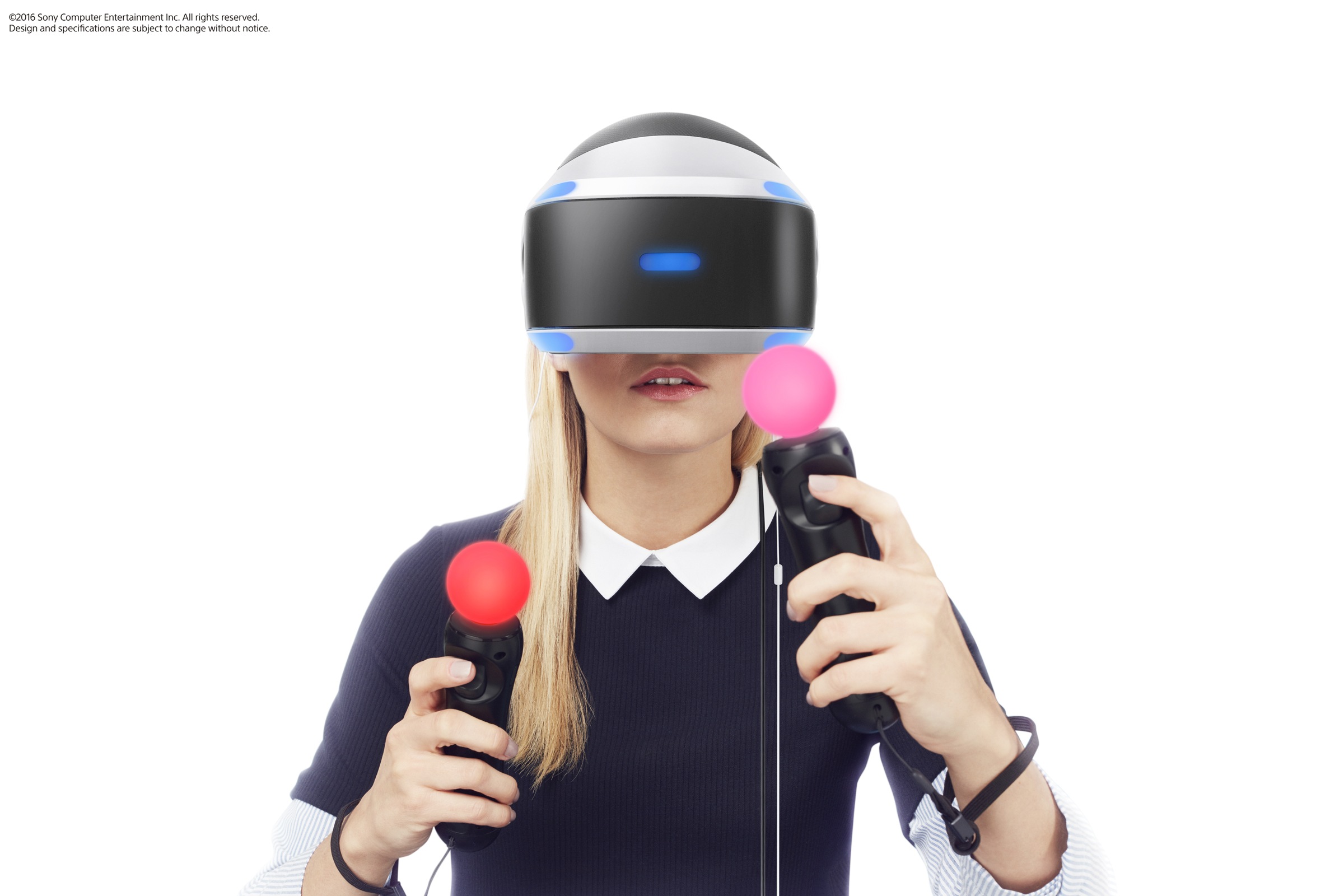
Sony Group CEO Andrew House was the one to make the announcement at GDC and added that PlayStation VR would ship with a single game for free: The Playroom in VR, a spin-off the tech demo that shipped with the PlayStation Move.
House said to expect over 50 games to become available sometime this year for the system, some of which will be developed in-house, although many will come from indie and third-party studios.
House claimed there are over 200 developers with dev kits who are actively working on titles to supplement the first 50 games, and that gamers could expect to see a good mix of genres when the unit ships in the fall.
Finally, and this is important, the PlayStation VR requires a PlayStation Camera to function, although you won't find one in the box of a new PS VR. Some games also require a set of PlayStation Move controllers – again, not included.
What you will get in every box is a headset, a processing box, power cable, earphones, dual HDMI connector that link the headset to the PS4, an HDMI cable, and a micro USB cable.
It's a far cry from a complete package, but for $200 less than an Oculus Rift, I'm not complaining.
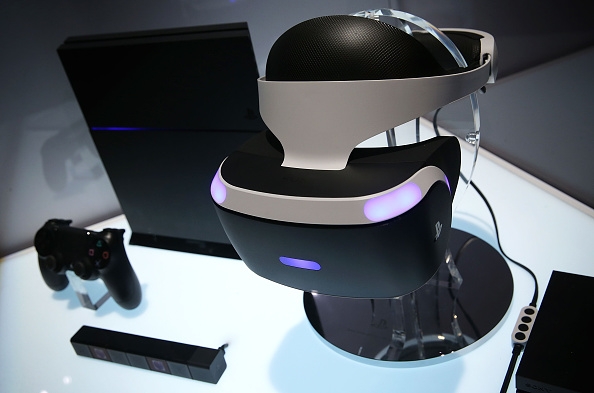
How does PlayStation VR work?
Since its announcement, we've gotten our hands on (and heads in) Sony's VR headset a few times, and each time has been better than the last. Sony has been cracking away over the past two years to improve the user experience as much as possible before release. And its early efforts have resulted in one of the most comfortable VR headsets around, even for those of us who wear glasses.
Like other virtual reality headsets on the market, PlayStation VR has the arduous task of completely immersing you in a video game by producing two images simultaneously. But unlike the competition who require expensive graphics cards to get the job done, PS VR can do it using only a PlayStation 4 and a small black box that sits between the headset and the console.
The early tech demos we've seen through PlayStation VR have impressed, too. Simply put, they're as awesome and zany as you would hope they'd be. We've been in a shark cage, we've held up a bank and we've done street luge, dodging cars while going downhill faster than the speed limit. If Sony can continue to corral this kind of massive developer support for PS VR, gamers will be in for a treat that keeps delivering when it launches.
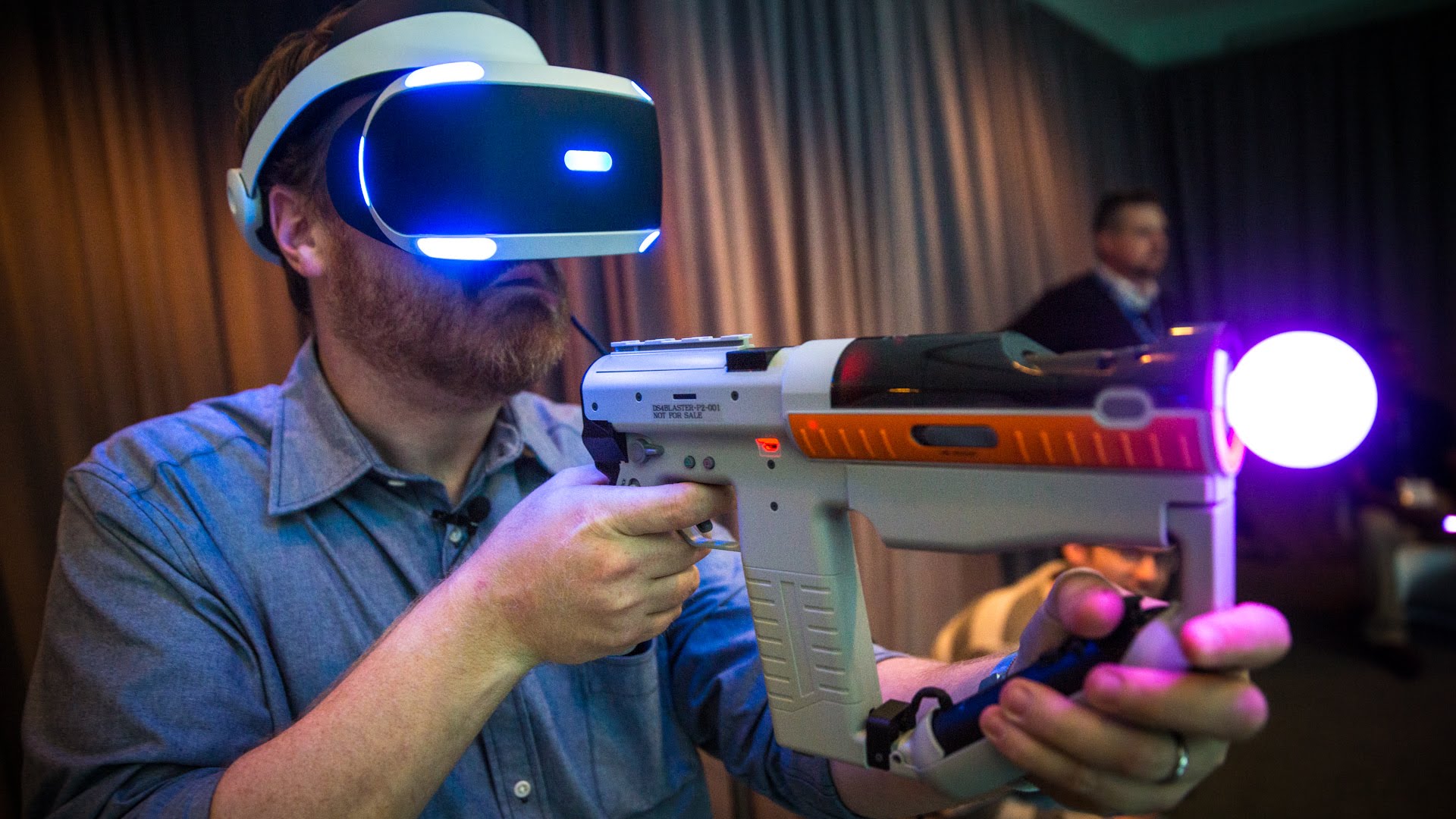
As much as we like what we've seen of PlayStation VR, however, there are still some quirks to work out before launch and important details that Sony needs to fill in. Some of our editors encountered a bit of nausea during their time with PS VR, which is one of the biggest challenges that VR developers have to surmount.
Design
PlayStation VR isn't a wild reimagining of the VR headset, but it's one of the most attractive efforts that we've seen so far.
The head-mounted display (HMD) screams minimalism with a tag team of black and white matte plastic touches. Its most recent iteration is interspersed with seven blue lights that the PlayStation Eye picks up to track your location and head movement. It's a pretty elegant and accurate head-tracking solution.
The design of the PlayStation VR's strap looks good and. thankfully, also yields comfort, which is a crucial box that not enough VR headsets can tick.
Inside the headset is a 5.7-inch OLED screen with 1920 x RGB x 1080 resolution, which comes out to about to 960 x 1080 for each eye. The PlayStation VR offers a 100-degree field of view and a 120Hz refresh rate.
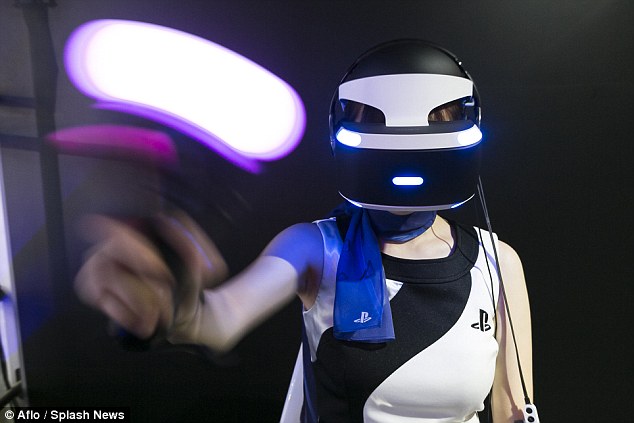
Latency is less than 18ms, which means that in theory it's less nausea-inducing than the previous model that had a higher latency and a slower refresh rate. There's also a jack for headphones and support for 3D audio, which will come into play later.
The PS VR's secret to comfort is that it hangs all of its weight at the top of your dome, putting pressure on the bridge of the nose and the forehead.
Additionally, a single white matte strap stems from the top of the HMD and wraps around your head seamlessly, coming together in the back, and can be adjusted to your liking. For games that require you to turn around, Sony stuck two more blue lights on the back of the strip bringing the total number of trackable lights to nine.
The PS VR's control scheme utilizes a combination of head movements made with the HMD, along with the PlayStation Move controllers and DualShock 4 controller that you may or may not be familiar with. The Move controllers had their first run when they were introduced alongside a few Wii-like titles on the PlayStation 3, and while they worked well there, it wasn't until PS VR that we saw a true purpose for them.
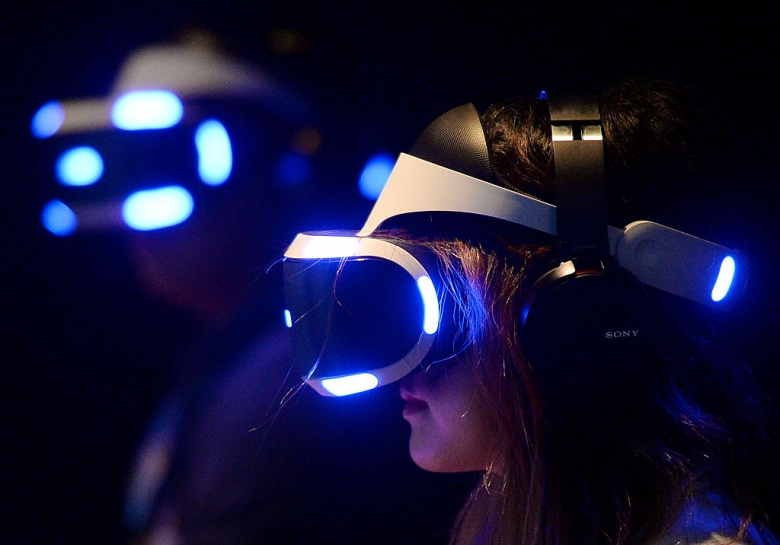
The wands felt a little half-baked on the PS3, or at least as if they existed solely to have a hand in motion-controlled gaming, but they feel right at home with PS VR. Other games with more complex control schemes – like a game called RIGS that we'll discuss in a minute – will use the DualShock 4 wireless controller that comes shipped with the PS4.
If it hasn't already been made explicitly clear up to now, I'll break the most disheartening news to you now: the PS VR is not a wireless headset. While the Samsung Gear VR and Google Cardboard can get everything they need from your mobile device, PlayStation VR will need to be tethered to your system at all times.
Performance
VR competitors like Oculus and HTC have set the bar quite high for how a good VR experience should look and feel – which, considering these two options require a seriously powerful gaming rig that costs two or three times as much as PS VR, makes sense.
With its two 1080p 120Hz OLED screens, Playstation VR is no slouch in the hardware department, but this advanced hardware might cause issues if it's being powered by a three year old console which normally outputs just 60fps to a 1080p screen.
Recently a senior source working within the industry was recently quoted by Edge magazine as saying that the headset would be "terrible" on the PS4 as it currently exists.
Sony's response has been to develop a new PS4, a PS4.5, which is rumored to be launching alongside the headset. This new console will offer the amount of power needed for a full VR experience without any compromises.
The takeaway? Don't make any assumptions about your current PS4's ability to run PlayStation VR, and if you don't currently own one then hold off until Sony makes an official announcement.
From our hands-on experience with the hardware so far, it feels like Sony's PS VR comes close to the graphical prowess of its two closest competitors, but it's never been exactly clear how this performance has been achieved.
Previously it was speculated that a mysterious black box was buffering frames and allowing the experience to run at a silky smooth 120Hz, but it's not currently clear whether this will be present in the final consumer edition, or whether consumers will need to be running Sony's upgraded PS4 hardware.
Speculation aside, the experience I've had using the headset has improved each and every time I've had the chance to put it on.
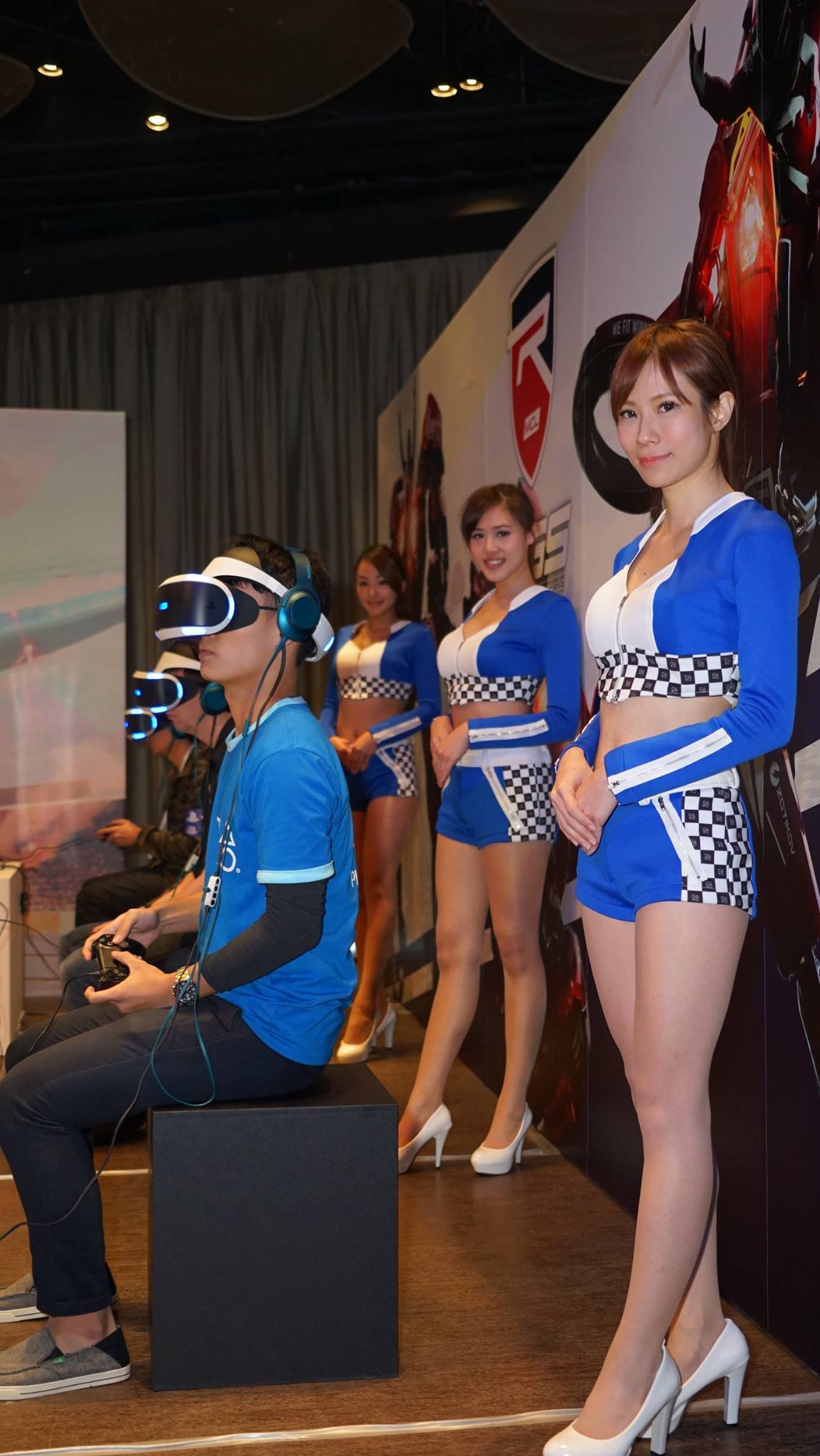
Many of these experiences have been demos or concept games that have been specifically and carefully crafted to show off one specific function of the headset, but thanks to the event at GDC 2016 I can now say that I've tried full-on games, too.
The experiences have varied in levity from casual, playroom escapades to hyper-intense combat and even a horror game for added measure. The system and its specs lend itself to more light-hearted fare rather than the fast-paced, high-intensity ones, honestly, and while the latter is passable it's prone to making you feel more nauseated than impressed.
Here are a few of the experiences – both demos and games – I've tried over the past two years:
Eve Valkyrie: Hurtling through space, admiring the view of giant ships as you pass under them, dodging your way through asteroid fields - this is exactly the kind of stuff we all dreamed about when we were younger.
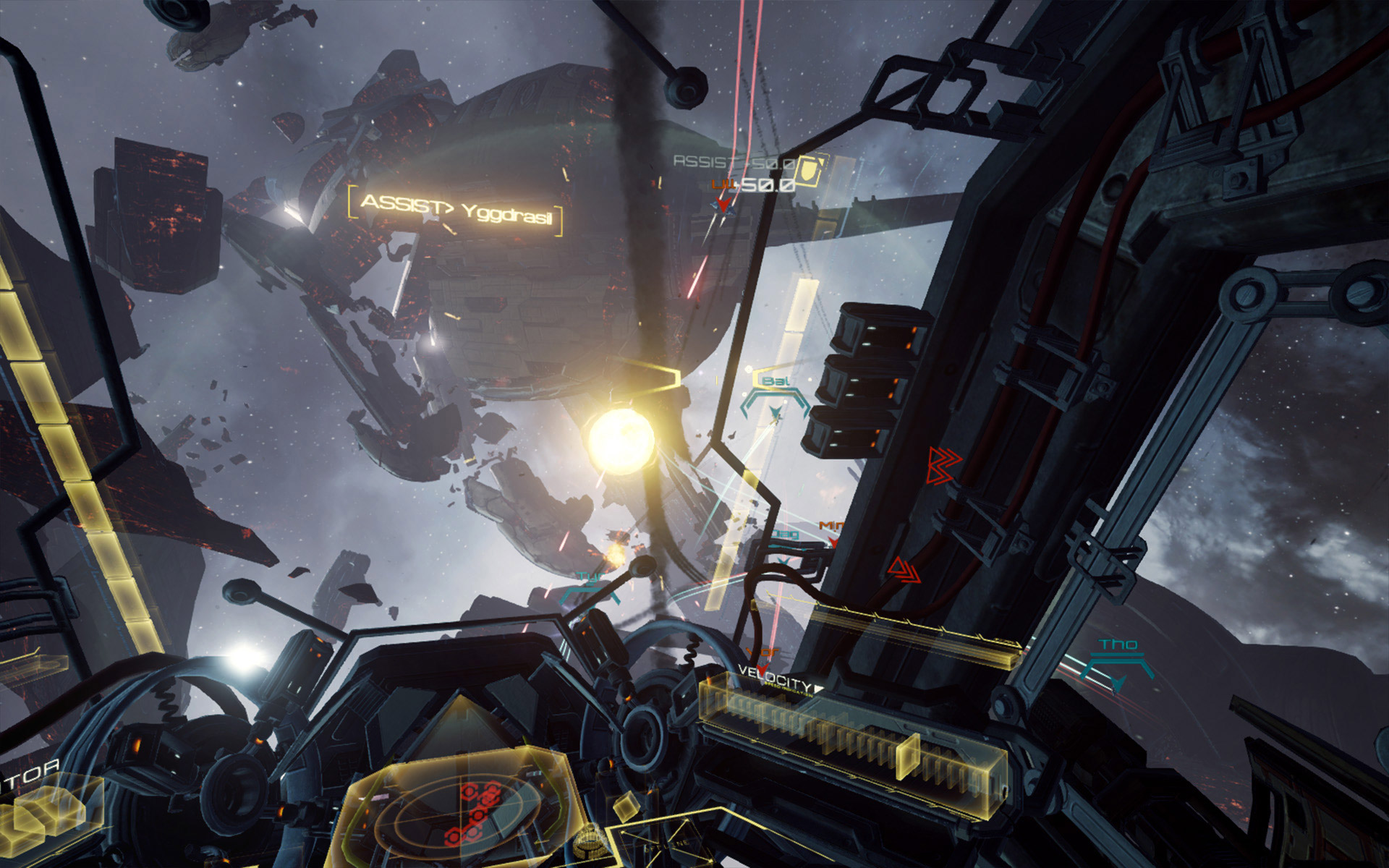
The Deep: But as great as space was, it was exploring the ocean depths that really set the pulse racing.

The game begins with you in a diving cage, floating near the surface of the ocean. I could look around me was holding a flare fun that would move with my real hands thanks to the motion-enabled Dualshock 4. As it turned out, the flare gun was about as effective as a bacon sandwich when the shark started ripping into the cage. But it was fantastic way to experience VR, especially with the lack of any form of HUD.
Street Luge: Where The Deep represented pure fantasy as only a faux-holodeck experience could provide, the Street Luge stood out for its ability to make me cringe, wince, yelp and ultimately feel like I was on a roller coaster without the intense wind and bodily sensations. It started slow, allowing me to get used to the controls - lean left to drift left, lean right to go right. Then came my first car. I dodged left and, in doing so, earned a small speed boost. There was a timer ticking in the corner of my screen that I hadn't noticed before; this was one of virtual reality's first time trials.
Morpheus Castle: Morpheus Castle is a smack-'em-up title that served to demonstrate how Move can be used so brilliantly with PlayStation VR. By pressing the back triggers you'll curl your fingers into a fist. Extend them rapidly and you'll throw a punch. Your target? A hanging dummy. Complete the task and you're rewarded with your first weapon, a sword. This was a smooth, seamless experience and gave me hope that the Star Wars game we've always dreamed of – the one where lightsaber duels are not only plausible, but an enjoyable part of the game – are within arm's reach.
RIGS: Mechanized Combat League: The best way to describe RIGS: Mechanized Combat League is by labeling it as a Titanfall-esque shooter imbued with the adrenaline and setting of a professional football game. During a brief demo, two friends and I took our RIGs into the arena to test the mettle of opponents in a three-on-three battle royale that had us blasting each other to bits, picking up the pieces and then jumping through a hoop in the middle of the map to put points on the board.
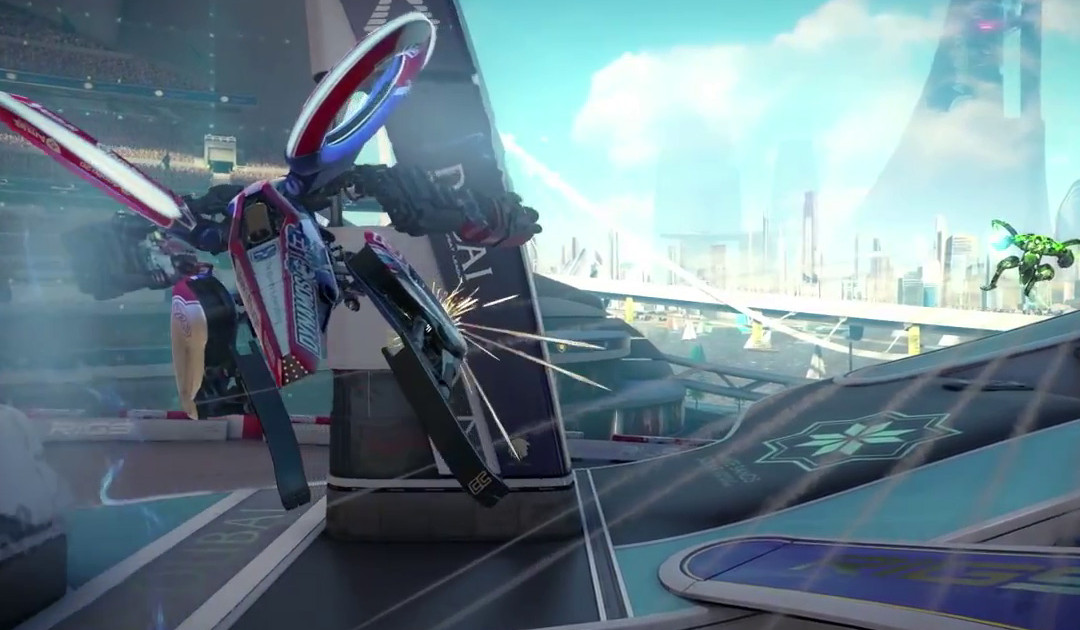
It was fast-paced and highly detailed – probably a bit more than the PlayStation VR could handle. A limited field of view made it hard to see everything happening in my peripherals, and the fast-paced nature just about ruined my lunch.
Playstation VR gameplay video
This is an exclusive PlayStation VR gameplay video:
PlayStation VR Social: While RIGS knocked the PS VR down a few pegs in my book, PlayStation VR Social raised it back up. Essentially a social experiment that puts multiple PS VR users in one world and has them solve puzzles and play together, PlayStation VR Social is wonderful, colorful, wacky and flat out weird.
In terms of pure pixels and graphics, the PS VR isn't a powerhouse. There are a few jagged pixels here and there and any object located far off in the distance is blurry beyond much recognition. A smaller field of view, even by 10 degrees, means that it's less immersive and more nausea-inducing than either the Oculus Rift or Vive.
Early verdict
PlayStation VR is inspiring. As a whole it's incredible, even if there are some hang ups here and there. After trying it for yourself you'll want to experience something like BioShock Infinite or GTA V in VR, and the first few demos and games will give you a little sneak peek of what gaming could be like five years from now.
I say sneak peek because the PlayStation VR isn't quite complete. Tracking still isn't one-to-one and there's still work to be done on the image quality – edges are rough and objects seemed a little less clear than their HD display – but Sony seems clearly determined to iron these out before it comes to market.
For now, it's an excellent, if not absolutely perfect, experience that will be fun to show off to friends or play with yourself for in half-hour increments.
For the current price see the amazon link below.
Playstation VR release date is October 13, 2016
Similar articles:
Publisher: VRExtasy